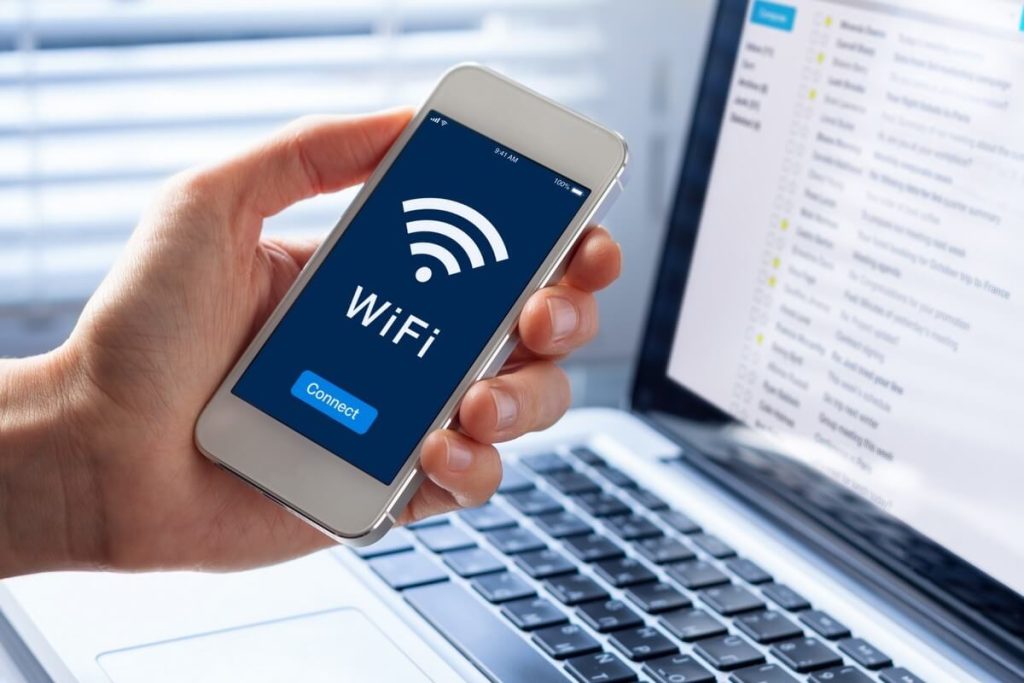
Welcome to our comprehensive guide on troubleshooting WiFi connectivity problems. In today’s digital realm, a stable and fast WiFi connection is crucial for various activities, from work to leisure. Yet, encountering connectivity hiccups is all too common. Fear not, for we’ve got your back! In this article, we present a collection of troubleshooting tips that will empower you to navigate and resolve basic WiFi issues like a pro. Let’s dive in!
Troubleshooting Tips for Resolving WiFi Connectivity Problems
Check Physical Connections and Power Cycle Devices
Ensure all cables connecting your router and modem are securely plugged in. While you’re at it, give both devices a power cycle – simply unplug them for about 10 seconds, then plug them back in. This often clears minor glitches that might be causing connectivity problems.
Evaluate Signal Strength and Positioning
The position of your router matters more than you might think. Place it centrally and elevate it off the ground. Walls and electronic devices can obstruct signals, so avoid placing your router near them. Use the WiFi signal indicator on your device to gauge signal strength and move closer to the router if needed.
Verify Network Name and Password
Ensure you’re connecting to the correct WiFi network and entering the accurate password. Typos can lead to failed connections. If you’ve recently changed your network’s name or password, make sure your device is updated accordingly.
Update Router Firmware
Just like your computer or phone, routers need updates too. Check the manufacturer’s website for the latest firmware version and follow their instructions to update your router. This can address bugs and enhance performance.
Check for Interference
Other electronic devices, such as cordless phones and microwaves, can interfere with WiFi signals. Keep these devices away from your router, or consider using the 5GHz band if your router supports it – it’s less prone to interference.
Reset Network Settings on Devices
Sometimes, issues lie within your device’s settings. Resetting network settings to default can eliminate potential conflicts. Navigate to your device’s settings, find the network options, and choose the reset option.
Flush DNS and Renew IP
When you encounter connectivity problems, flushing your DNS cache and renewing your IP address can help. Open the command prompt (Windows) or terminal (Mac), then type “ipconfig /flushdns” and “ipconfig /renew” respectively.
Disable VPNs and Proxy Servers
While Virtual Private Networks (VPNs) and proxy servers offer security, they can occasionally disrupt your connection. Temporarily disable them to check if they’re causing the issue.
Update Network Drivers
Outdated or corrupted network drivers can lead to WiFi woes. Visit your device manufacturer’s website or use a reliable driver updater to ensure your network drivers are up to date.
Contact Your Internet Service Provider (ISP)

If all else fails, it might be an issue with your ISP. Contact their customer support for assistance. They can perform remote checks and guide you through further steps.
Final Words
Troubleshooting WiFi connectivity problems doesn’t have to be a daunting task. By following these steps, you can quickly identify and resolve most common issues that hinder your online activities. Remember, a little patience and systematic problem-solving can go a long way in restoring your WiFi to its optimal performance.
Commonly Asked Questions
Q1: Why is my WiFi signal weak in certain areas of my home?
A1: Walls, furniture, and electronic devices can obstruct WiFi signals. Try repositioning your router or using WiFi range extenders to enhance coverage.
Q2: Can too many devices connected to WiFi cause issues?
A2: Yes, an overcrowded network can lead to slow speeds. Consider upgrading to a higher bandwidth plan and limit the number of connected devices if needed.
Q3: Why does restarting the router often fix the issue?
A3: Restarting the router clears temporary glitches and re-establishes connections with devices, often resolving minor issues.
Q4: What if my WiFi works on some devices but not others?
A4: This could be due to specific device settings. Reset the network settings on the problematic device and reconnect to WiFi.
Q5: Is it worth upgrading my router?
A5: If you consistently experience connectivity problems and have an older router, upgrading to a newer model with advanced features and better performance might be beneficial.












